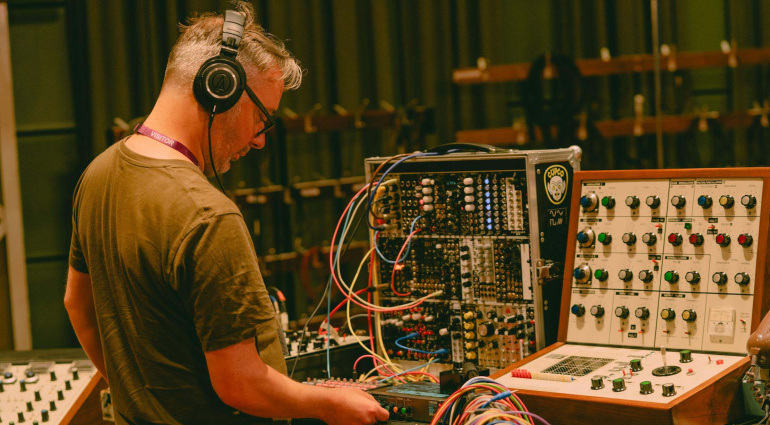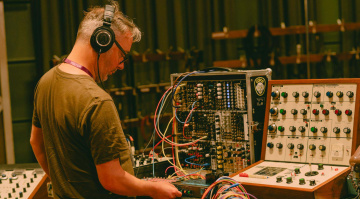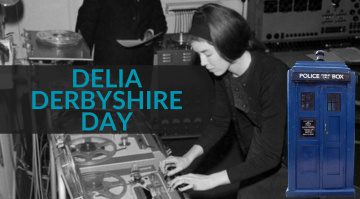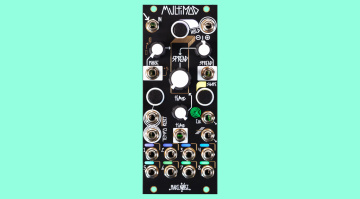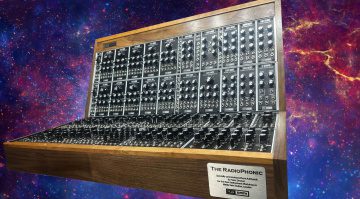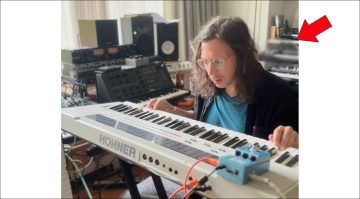Sherman Filterbank, BBC Radiophonic Workshop & More: Synth Journal
In this edition of Synth Journal, we discover the fascinating story of the Sherman Filterbank. Also: Spitfire Audio turns the legendary BBC Radiophonic Workshop into a plugin!
Synth Journal
The Fascinating Story of the Sherman Filterbank
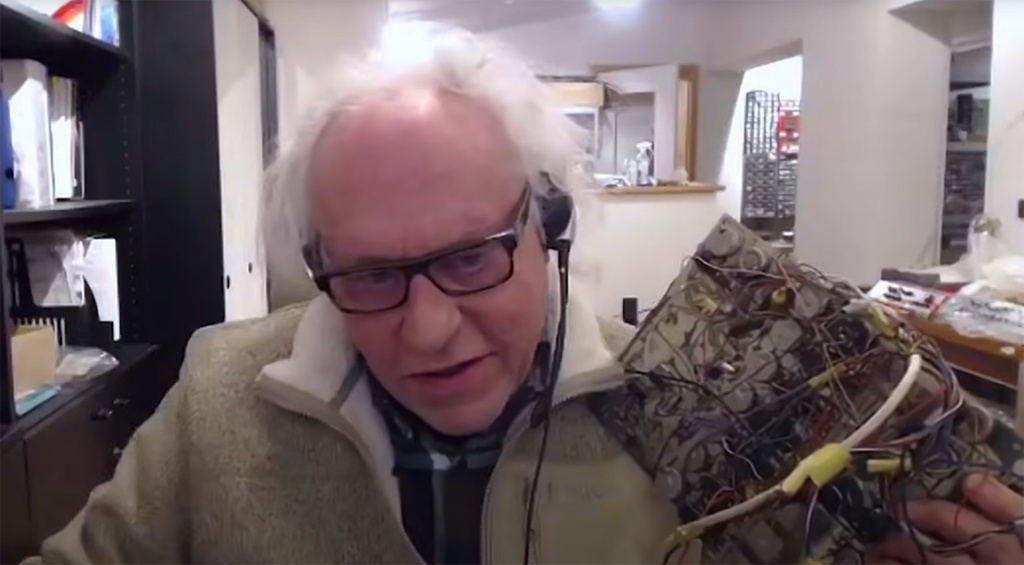
It’s hard to believe that the legendary Sherman Filterbank has been around for almost three decades! With its signature combination of juicy, screaming filters and rich analog distortion, it has shaped electronic music since the mid-90s and continues to do so.
In a very interesting new video, the composer Anthony Marinelli interviews Herman Gillis, creator of the Sherman Filterbank. Spoiler alert: It’s quite a fascinating journey! Follow Herman’s story from his first experiments with audio electronics as a teenager (including a mind-blowingly creative custom guitar effects switching system) to effects like a MIDI-controlled wah wah to the development of the classic filterbank that sent an analog breath of fresh air through the digital 90s. The inventor also takes you through the evolution of his designs from the first Sherman Filterbank to his latest product, the Rodec/Sherman Mini Restyler for the 500-series format. If you’re one of the many fans of the Sherman Filterbank, you won’t want to miss this.
And just in case you don’t own a Sherman Filterbank yet, you can get various desktop and rack versions of this timeless classic at Thomann*.

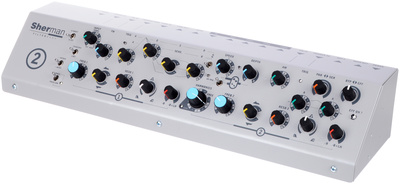

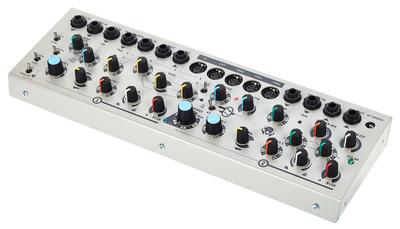

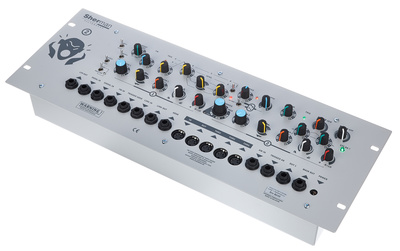

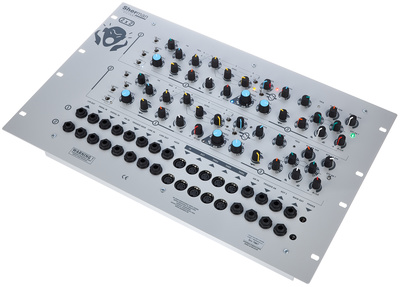
A Long Time with the new Make Noise MultiMod Module
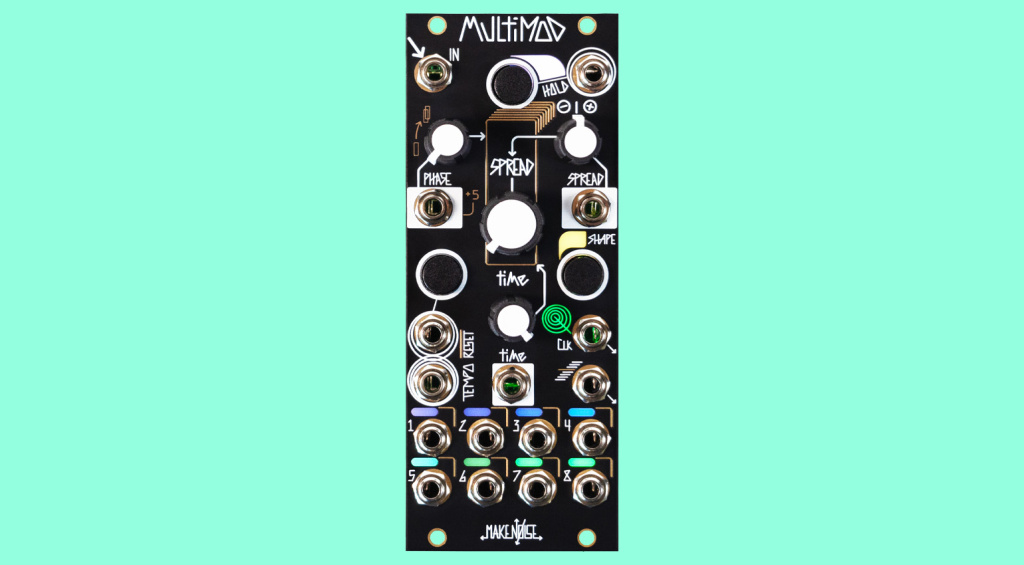
Make Noise made waves last week with the announcement of the new MultiMod module – a head-spinning modulation multiplier that turns one signal into eight, mangling and transforming them in the process. In a new video, the manufacturer shows off some more of the fascinating things this module can do. And this time, it’s all about time – specifically, longer time settings. I think the results are quite spectacular, if not slightly mind-bending …
In case you missed the announcement last week, here’s a quick rundown. MultiMod makes eight copies of an incoming modulation signal and spreads them out across eight channels. You can then modulate the Time, Phase, and Spread parameters to create eight copies that are different, but always related to each other. The module also has a freeze feature and a built-in LFO, so it can also be a modulation source of its own.
Make Noise MultiMod is available from Thomann*.

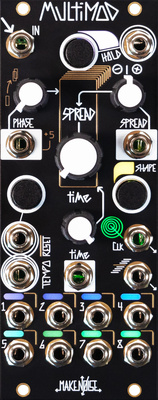
Spitfire Audio BBC Radiophonic Workshop: A Piece of Music History in a Plugin
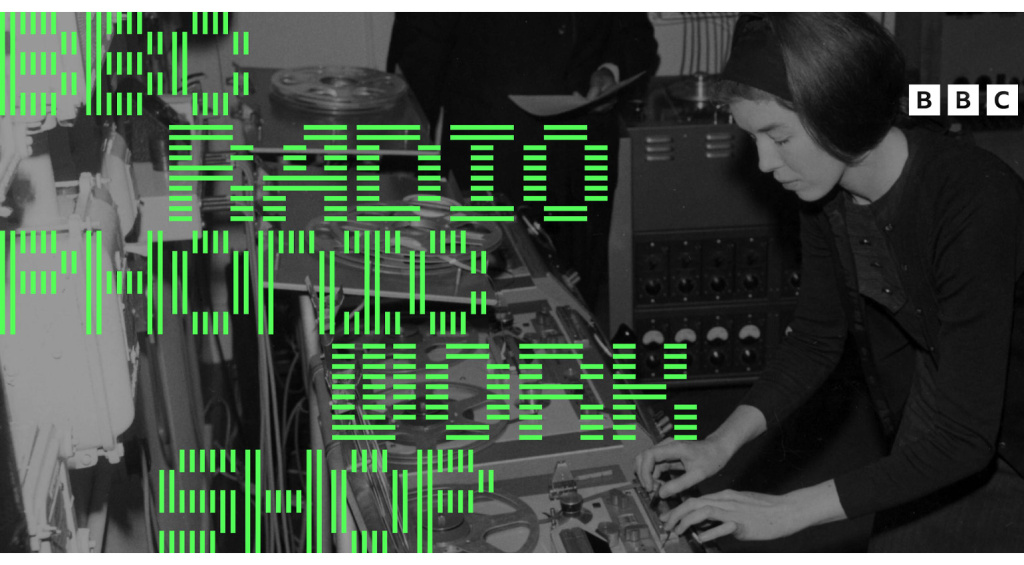
We don’t usually cover sample libraries in this column, but this exciting new release by Spitfire Audio warrants an exception. The BBC Radiophonic Workshop not only was a bustling hub for pioneers of electronic music, it also played an instrumental role in the creation of legendary soundtracks for TV series and films such as Doctor Who and The Hitchhiker’s Guide to the Galaxy. As Spitfire Audio specializes in soundtrack-worthy libraries, what could be more fitting than a collection of sounds from this legendary era.
Perhaps most interestingly, the new BBC Radiophonic Workshop library includes many sound effects, music recordings, and tape loops from the workshop archive, curated by composer and Radiophonic Workshop member Mark Ayres. Moreover, it also contains many unique synth patches from the ARP Odyssey, Roland System-100, EMS VCS 3, and EMS Vocoder, as well as tuned percussion, junk percussion, skeleton guitar, and warp sounds. In the experimental spirit of the workshop, the creators also went around Maida Vale Studios (which are now owned by Hans Zimmer) and captured their sounds. If you’ve always wanted to use Maida Vale water coolers and fire extinguishers in your productions, this library has got you covered.
Spitfire Audio BBC Radiophonic Workshop is now available at an introductory price of €143. This offer ends on 17 March 2025; the regular price will be €179.
- Product page
- More from Spitfire Audio
- Delia Derbyshire Day: Dr Who and the Radiophonic Workshop
- RadioPhonic Synth: Modular System from AJH Synth and Hans Zimmer
Blade Runner on the UDO Audio Super Gemini
Let’s finish up this edition of Synth Journal with this tasteful rendition of the Blade Runner Theme performed on a UDO Super Gemini. Famously, Vangelis used the mighty Yamaha CS-80 to compose this groundbreaking score, but Zed AudioLab demonstrates that the Super Gemini also would’ve been an excellent choice, had it been available at the time. He even added the characteristic rumble from an Antonus ARP 2600 clone he built himself. Just beautiful.

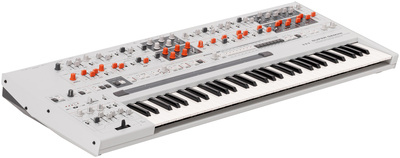
*This post contains affiliate links and/or widgets. When you buy a product via our affiliate partner, we receive a small commission that helps support what we do. Don’t worry, you pay the same price. Thanks for your support!

 3,8 / 5,0 |
3,8 / 5,0 | 